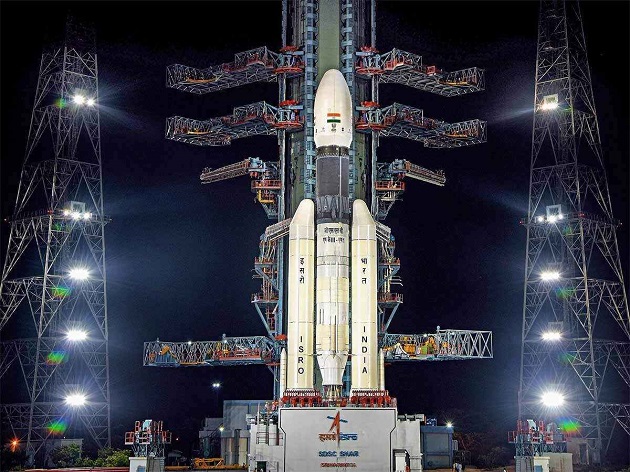While addressing the students and faculty of UPES University, on the ‘Future of Aerospace and Avionics in India’, ISRO Chairman and Secretary DoS Dr.K.Sivan spoke about projects planned for the coming year. Among the projects he mentioned, he spoke in detail about ISRO’s Chandrayaan-3 (Moon mission 3) and also the ambitious Human Spaceflight program (Gaganyaan).
“Over the next decade, the Indian Space Research Organization(ISRO) is targeting several advanced capabilities including a Heavy-lift launch vehicle that can carry up to 16-ton payloads to the Geostationary Transfer Orbit (which is four times the current lift capability of GSLV Mk3) and also partially, fully reusable launch vehicles, among others,” Chairman K.Sivan said.
Elaborating on ISRO’s plans for the upcoming year and the near future he said that payload capability to Geosynchronous Transfer Orbit (GTO) will be increased to 5 tons (an increase from the current 4 tons) using a semi-cryogenic engine on the existing GSLV Mk3 rocket.
Dr. Sivan also mentioned the need for more powerful booster stages (that powers the rocket at lift-off), adding that a more powerful 2000N(Newton) Liquid oxygen and kerosene engine was a work in progress.
Engines powered by methane and liquid oxygen (MethaLOX in short) are widely used in reusable rockets as methane is a clean-burning fuel that leaves no residue, as opposed to kerosene. Clean burning ensures that the engines can be reused many times with less or no refurbishment.
He added that India’s first test facility for a semi-cryogenic engine is expected to be ready by later this year and that India had formulated a rocket grade kerosene that they call ‘ISROsene’ (to fuel the semi-cryo engines), which was formulated using the help of Indian industry. ISRO is also working with industry partners on the long-term production capability of this fuel.









